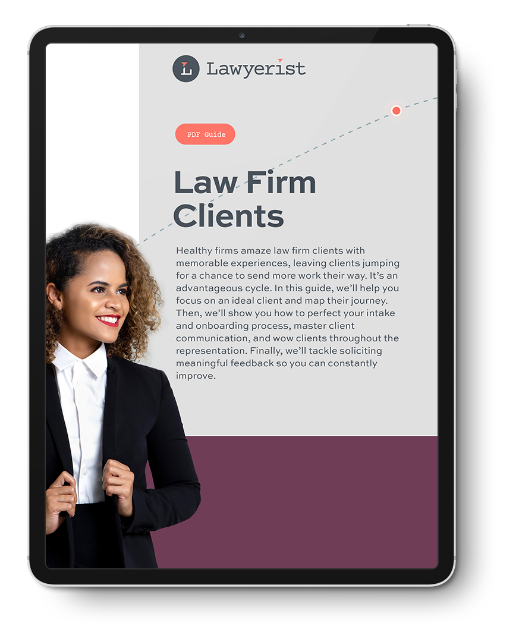Don’t Accidentally Exclude Demographics
As you create your persona, avoid accidentally excluding the demographics of those you want to attract. Double-check your persona for biases as you move forward. This means making sure you’re thinking more about your ideal client’s needs and only using demographics to support your persona.
Do Your Research
If there’s one thing to gather from this guide, it’s this: don’t wing it. Put some elbow grease into developing your persona. Do online research and get out and talk to people. Look at NextDoor and Facebook groups to research and talk to your ideal clientele.
The more information you can gather, the better and more comprehensive your persona will be.
Thoughts on Creating Multiple Ideal Client Personas
You may already be considering creating more than one persona for your firm. Perhaps this is because you have more than one practice area (e.g., family law and estate planning). Or, maybe it’s because you serve two very different audiences within one area of law (e.g., landlords and tenants).
Before you move forward with multiple ideal client personas, we recommend getting really good at working with only one persona. Work through the process of defining one persona and then use that persona to move forward, as we outline in the sections below.
If, and only if, you begin to connect with your first ideal client persona truly, should you consider creating more.
